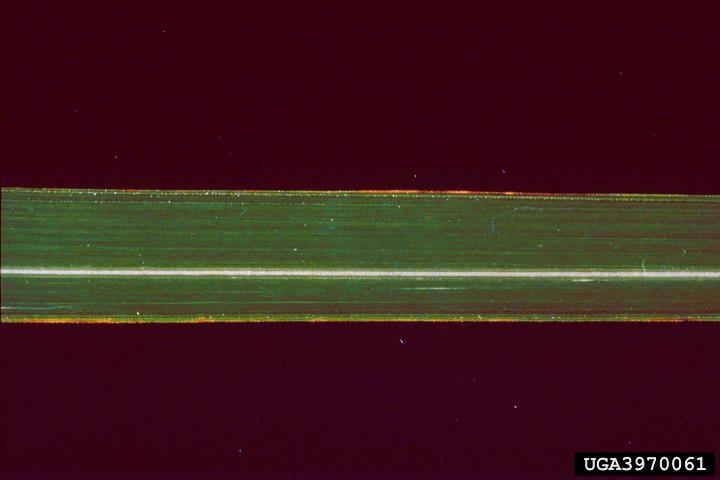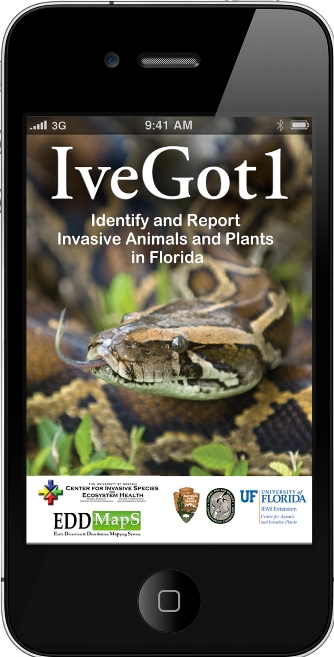Cogongrass (Imperata cylindrica) is one of the most noxious weeds in the U.S. and has been a problem in the agricultural and timberland for decades. In more recent years it has been found on our barrier islands. Stands of cogongrass on the beaches are not as massive and dense as they are in the upland regions of our district, but now is the time to try and manage it before it does. And NOW is the time to identify whether you have it on your property or not – it is in seed.

Photo: UF IFAS
Cogongrass produces blades that resemble St. Augustine but are taller and wider. The blades can reach a height of three feet and the color is more of a yellow green (lime green) than the deep green of St. Augustine. If you can touch the blade, you will notice that the midline of the parallel leaf veins is off center slightly and the edges of the blades are serrated – feeling like a saw blade when you run fingers from top to bottom. They usually form dense stands – with a clumping appearance and, as mentioned, it is currently in seed, and this is very helpful with identification.

Photo: UF IFAS EDIS
The seeds are white, fluffy and elongated extending above the plant so the wind can catch them – similar to dandelions. These can easily be seen from the highway or riding your bike through the neighborhoods. As mentioned above, if you see seeds like this you can confirm the identification by examining the leaf blades. You can also send photos to your county extension office.

Photo: UF IFAS EDIS
If the identification is confirmed the next step is to report the location on EDDMapS – https://www.eddmaps.org. You can also do this with the free app IveGotOne (which can be found on the EDDMapS website or any app store). HOWEVER, you cannot report private property without their permission.
The next step would be management. It is not recommended to mow or disturb the plant while in seed. Herbicide treatment is most effective in the fall. Many will mow the plant, allow the grass to resprout no more than 12 inches, and treat this with an herbicide. It is recommended that you contact your county extension office for recommendations as to which herbicide to use and how.
The negative impacts of this noxious grass have been an issue in the upland communities for decades. There have been few major issues with it in the coastal zone, but early detection rapid response is the most effective management plan to keep negative impacts from occurring. We encourage coastal communities to survey for cogongrass while it is in seed and develop a management plan for the fall.
 1
1

